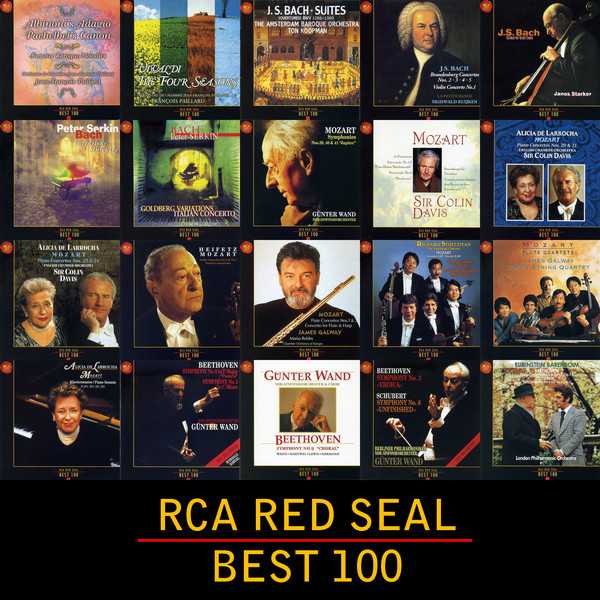
Performer: Ilya Hoffman, Sergey Koudriakov
Format: FLAC (tracks)
Label: Chimei Museum Foundation
Release: 2014
Size: 242 MB
Recovery: +3%
Scan: cover
Brahms: Violin Sonata No. 2 in A Major, Op. 100
01. 1. Allegro amabile
02. 2. Andante tranquillo-Vivace
03. 3. Allegretto grazioso
04. Bruch: Romance, Op. 85
Tchaikovsky: The Seasons, Op. 37a
05. No. 6, “June: Barcarolle”
Fauré: Trois Mélodies, Op. 7
06. No. 1, “Après un Rêve”
07. Glazunov: Elegia, Op. 44
Kalliwoda: 6 Nocturnes, Op. 186
08. No. 6, Allegro moderato
Schumann: 3 Romanzen, Op. 94
09. No. 1, Nicht schnell
10. No. 2, Einfach, innig
11. No. 3, Nicht schnell
Ilya Hoffman is a composer and pianist known for his expressive and evocative music. His *Romantic Pieces for Viola & Piano* showcase his talent for crafting emotionally rich, lyrical compositions. Drawing on the traditions of late-Romantic music, Hoffman’s work blends lush harmonies and sweeping melodies with a deep sense of intimacy, making it an ideal pairing for the warm, expressive tones of the viola.
The *Romantic Pieces* consist of several short movements, each capturing a different facet of the emotional spectrum. Hoffman utilizes the viola’s unique sound to evoke both melancholy and tenderness, while the piano provides a rich, resonant backdrop. The interplay between the two instruments is a key feature of the pieces, with the piano often acting as a subtle partner that supports and enhances the viola’s melodies. This dynamic allows the work to transcend the typical piano-viola duets, creating a dialogue that feels both personal and profound.
The works are marked by a deep lyrical quality, demonstrating Hoffman’s sensitivity to the nuances of both instruments. The viola’s lower register is highlighted in several movements, producing a sound that can be both dark and introspective. Meanwhile, the piano provides both harmonic depth and rhythmic complexity, with passages ranging from delicate and transparent to more dramatic and intense.
In *Romantic Pieces for Viola & Piano*, Ilya Hoffman not only reflects the influences of the late 19th and early 20th centuries, but also infuses his own distinct voice into the repertoire. The pieces offer both performers and listeners an opportunity to experience the expressive potential of these instruments, and they have been well-received for their emotional depth and technical challenges.



